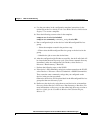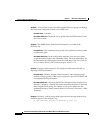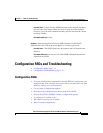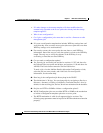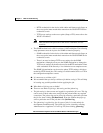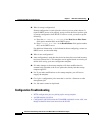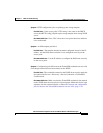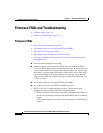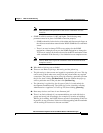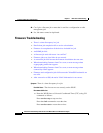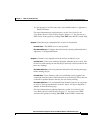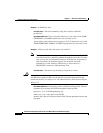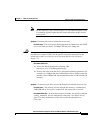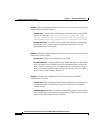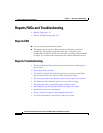
1-25
FAQ and Troubleshooting Guide for the CiscoWorks Wireless LAN Solution Engine
Chapter 1 FAQs and Troubleshooting
Firmware FAQs and Troubleshooting
Note Both username and password in the device credentials are case
sensitive.
• SNMP is valid for versions 11.08T and higher. The following setup
parameters must be in place for SNMP to function properly:
–
SNMP credentials for the device (with admin and firmware privileges on
the AP) must match those entered on the WLSE SNMP device credentials
screen.
–
There is no need to change TFTP server settings for the SNMP
mechanism, although you can use the SNMP mechanism to change the
TFTP server settings on the AP to be used in the HTTP mechanism. Enter
valid credentials in the Security > Local Admin Access template screen.
Note NOTE: Make sure to provide a numeric value in the user ID field
(template screen).
Q.
What kinds of job logs are available?
A.
There are two kinds of job logs: Job run log and the jobvm log.
• The job run log is where events are logged for a particular job’s run. This log
can be used to check what went wrong with the job and make any required
corrections. The job run log can be viewed by selecting a particular job from
the job list, then clicking Job Run Detail. From the window that pops up,
select a particular run for the job, then click Job Run Log.
• The jobvm.log is a global log for all types of jobs. It is used mainly for
development troubleshooting. The jobvm.log can be viewed by selecting
Administration > Appliance > View Log File, then clicking jobvm.log.
Q.
How many devices can I have in one firmware job?
A.
There is no limit, although it is recommended that you work with device
groups and set up jobs accordingly (for example, by location or building).
While a job is running, the WLSE allocates resources for updating 20 devices
in parallel. At any given time, 20 devices will be upgrading and the remainder
will be waiting for resources to become available.



